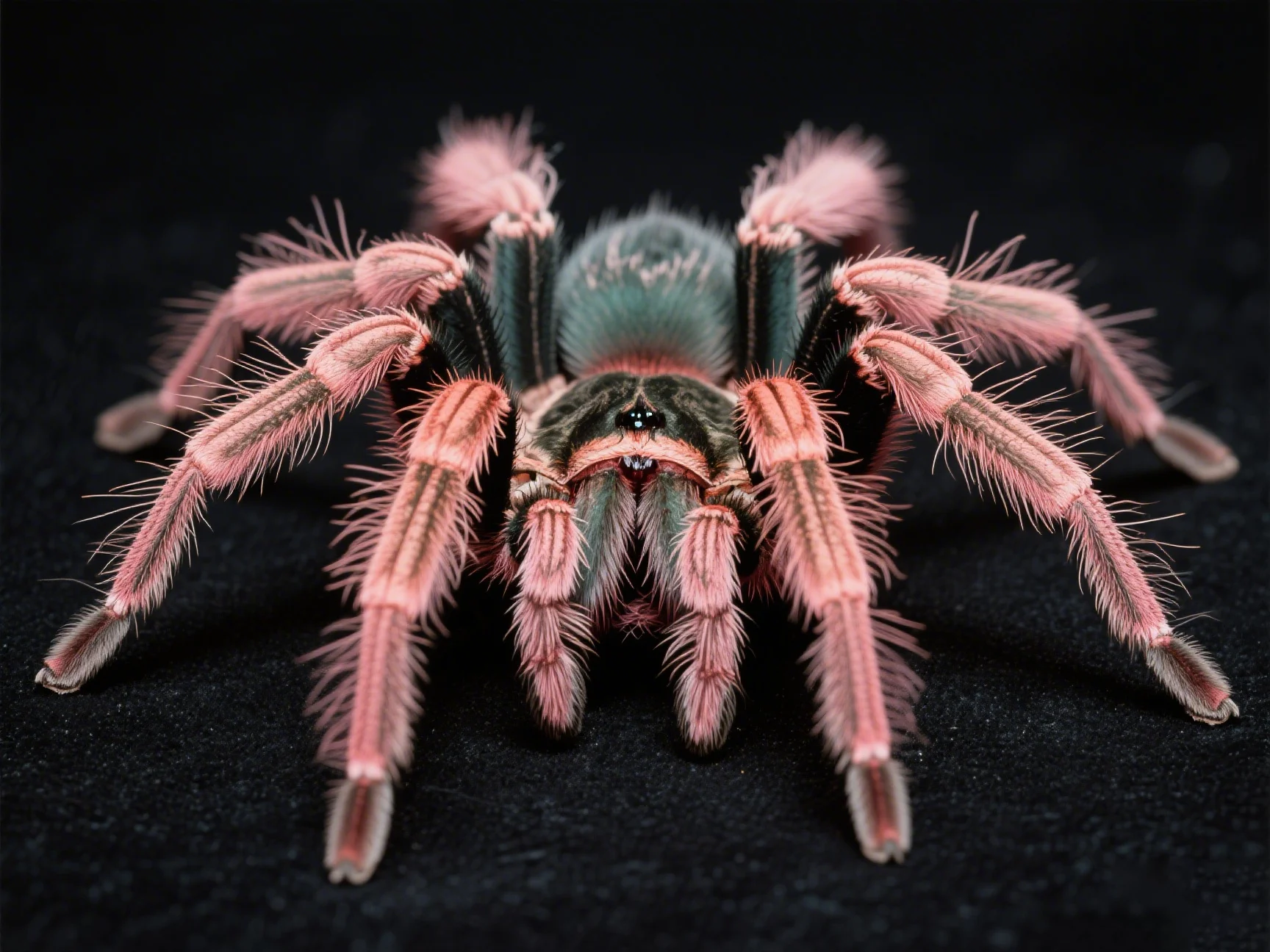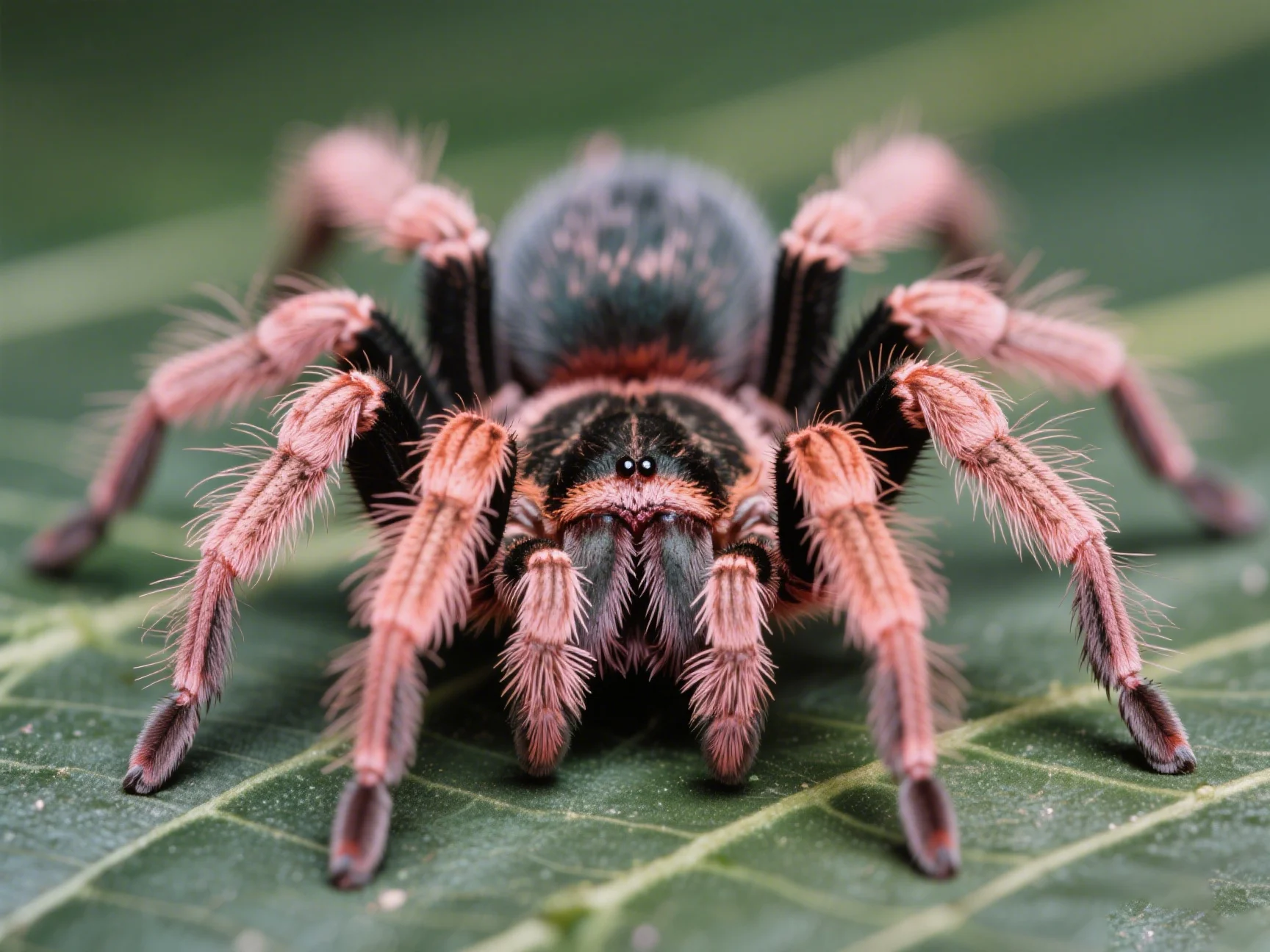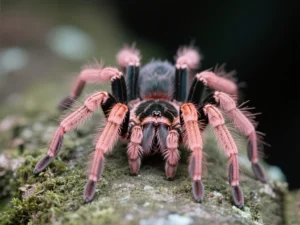body {
font-family: ‘Segoe UI’, Tahoma, Geneva, Verdana, sans-serif;
line-height: 1.6;
color: #333;
background-color: #f4f4f4;
margin: 0;
padding: 0;
}
.article-layout-container {
display: flex;
gap: 30px;
max-width: 1100px;
margin: 40px auto;
padding: 0 15px;
}
.article-content-main {
flex: 3;
min-width: 0;
}
.toc-sidebar {
flex: 1;
min-width: 200px;
height: fit-content;
position: sticky;
top: 20px;
background-color: #f8f9fa;
padding: 20px;
border-radius: 8px;
box-shadow: 0 2px 5px rgba(0,0,0,0.05);
}
.toc-sidebar h3 {
margin-top: 0;
margin-bottom: 15px;
font-size: 1.2em;
color: #34495e;
border-bottom: 1px solid #e0e0e0;
padding-bottom: 8px;
}
.toc-sidebar ul {
list-style: none;
padding: 0;
margin: 0;
}
.toc-sidebar li {
margin-bottom: 10px;
}
.toc-sidebar a {
text-decoration: none;
color: #2980b9;
font-size: 0.95em;
transition: color 0.2s ease;
}
.toc-sidebar a:hover,
.toc-sidebar a:focus {
color: #1a5276;
text-decoration: underline;
}
.article-container {
padding: 30px;
background-color: #fff;
border-radius: 8px;
box-shadow: 0 4px 8px rgba(0, 0, 0, 0.1);
}
.article-header img {
width: 100%;
max-height: 350px;
object-fit: cover;
border-radius: 8px 8px 0 0;
margin-bottom: 20px;
}
.article-container h1 {
font-size: 2.5em;
color: #2c3e50;
margin-bottom: 15px;
border-bottom: 2px solid #3498db;
padding-bottom: 10px;
}
.article-container .tag {
display: inline-block;
background-color: #3498db;
color: #fff;
padding: 5px 15px;
border-radius: 15px;
font-size: 0.9em;
margin-bottom: 20px;
text-transform: uppercase;
letter-spacing: 0.5px;
}
.article-container h2 {
font-size: 1.8em;
color: #2980b9;
margin-top: 30px;
margin-bottom: 15px;
scroll-margin-top: 80px; /* Adjust based on fixed header height if any */
}
.article-container h3 {
font-size: 1.4em;
color: #34495e;
margin-top: 25px;
margin-bottom: 10px;
}
.article-container p {
margin-bottom: 15px;
color: #555;
text-align: justify;
}
.article-container ul,
.article-container ol {
margin-left: 20px;
margin-bottom: 15px;
padding-left: 20px;
}
.article-container li {
margin-bottom: 8px;
}
.article-container strong {
color: #2c3e50;
font-weight: 600;
}
.important-note {
background-color: #e8f6fd;
border-left: 4px solid #3498db;
padding: 15px;
margin: 20px 0;
border-radius: 4px;
}
.important-note p {
margin-bottom: 0;
}
.warning-note {
background-color: #fef5e7;
border-left: 4px solid #e67e22;
padding: 15px;
margin: 20px 0;
border-radius: 4px;
}
.warning-note p {
margin-bottom: 0;
}
/* Responsive adjustments */
@media (max-width: 992px) {
.article-layout-container {
flex-direction: column;
}
.toc-sidebar {
position: static; /* Changed from sticky */
order: -1; /* Move ToC to the top on smaller screens */
margin-bottom: 30px;
width: auto; /* Allow it to take full width if needed */
min-width: unset;
}
}
@media (max-width: 768px) {
.article-layout-container {
margin: 20px auto;
padding: 0 10px;
}
.article-container {
padding: 20px;
}
.article-container h1 {
font-size: 2em;
}
.article-container h2 {
font-size: 1.5em;
}
.article-container h3 {
font-size: 1.2em;
}
}

Pet Ownership
Are pink toe tarantulas good pets?
Pinktoe tarantulas (species in *Avicularia*, *Caribena*, *Ybyrapora*) are very popular in the pet trade, and for good reason. Whether they make a “good pet” depends largely on the potential owner’s expectations and commitment. For many enthusiasts, especially those interested in arboreal spiders, the answer is often yes.
Pros: Why Pinktoes Can Be Good Pets
- Stunning Beauty:** Many pinktoe species, especially the Antilles pinktoe (*Caribena versicolor*), are incredibly colorful and visually appealing. *C. versicolor* famously transitions from vibrant blue as a spiderling to fuzzy green/red/purple as an adult.
- Docile Temperament:** As discussed previously, they are known for low aggression levels. They rarely bite or threat posture, preferring flight.
- Interesting Behavior:** Their arboreal lifestyle, webbing habits, and quick movements can be fascinating to observe.
- Manageable Size:** They remain a moderate size (typically 4.5-6 inches), requiring less enclosure space than giant species.
- Relatively Long-Lived (Females):** Females can live 8-12+ years, offering a long-term companion for dedicated keepers.

Cons: Challenges and Considerations
- Specific Husbandry Needs:** They require careful management of high humidity and good ventilation. This balance can be tricky, especially for absolute beginners, and mistakes can lead to health problems.
- Arboreal Setup:** Need a taller enclosure with climbing structures, which might be slightly more complex to set up than a simple terrestrial tank.
- Speed and Skittishness:** Their tendency to bolt quickly can be intimidating and increases the risk of escape or falls if the keeper isn’t careful during maintenance.
- Fragility:** Particularly susceptible to injury or death from falls. Handling is strongly discouraged.
- Not “Interactive” Pets:** They are display animals, not creatures to be handled, cuddled, or trained like mammals. Interaction is limited to feeding, maintenance, and observation. Information on [pinktoe tarantula suitability as pets](https://www.lopehare.com/tarantula-pet-care/) often emphasizes this point.
- Sensitivity (Especially Slings):** Spiderlings can be more sensitive to environmental fluctuations than adults.
Humidity/Ventilation is Key: Failure to provide the correct balance of high humidity and good airflow is the most common reason for problems when keeping pinktoes.
Who is the Ideal Keeper?
Pinktoe tarantulas are well-suited for:
- Keepers fascinated by arboreal species and vibrant colors.
- Individuals prepared to research and meticulously maintain specific environmental parameters (humidity/ventilation).
- Owners who understand and accept that tarantulas are observational pets, not handling pets.
- Keepers looking for a docile species but who are prepared for fast movements.
- Those ready for a potentially long-term commitment (for females).
Conclusion: Good Pets for the Right Person
Yes, pinktoe tarantulas can make excellent pets **for the right owner**. Their beauty and docile nature are major draws. However, their specific husbandry requirements, particularly regarding humidity and ventilation, mean they demand more attention to detail than some hardier beginner terrestrial species.
If a potential owner understands their needs, respects their fragile nature, appreciates them as display animals, and is prepared for their speed, a pinktoe tarantula can be an incredibly rewarding and captivating pet.
Suitability assessment based on combining husbandry requirements, temperament information, and general expectations of pet ownership, referencing sources like Reptiles Magazine articles on tarantula care and hobbyist experience.
